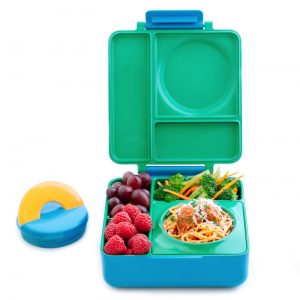In 2020, households in Blackburn with Darwen threw away almost 10,872.5 tonnes – that’s everything that goes into our general waste bins at home.
That’s the same weight as 100 blue whales, the largest mammal to have ever lived!
General waste used to always end up in landfill, but we now adopt waste to energy technology.
- Today when your general waste is collected, it sent to a Waste to Energy facility where it is temporarily stored in a giant bunker!
- A grabber (like the ones you get at the fair only big enough to pick up a real dinosaur!) scoops up to seven tonnes at a time and transfers it to a combustion chamber
- Here the waste is burnt at a volcanic 850 degrees C that super heats water into steam to power turbines which turns non-recyclable waste into electricity.
- Just one facility can generate enough electricity to power a town of 50,000 homes! Incredible!
What can we do to stop creating waste?
It is really important to follow the 3Rs when getting rid of our waste.
This is a list of how to get rid of waste, in order of importance, considering which is best for the planet.
Reduce comes top, followed by Reuse then Recycle.
Recover comes after that with Landfill as the worst thing to do with our waste.
Reduce
Reducing the amount of waste we make is considered the most important of the 3R’s. Reducing means making less waste in the first place. For example not buying or using things we do not need.
Examples of how we can reduce waste:
- Look after your belongings
By looking after your clothes and toys they will last longer, this means you won’t need to throw away as many broken toys or spoilt clothes!
One way to protect your clothes is to wear an apron when you are painting. Repairing things when they get broken, like sewing a hole on your jeans or gluing a broken toy, also reduces waste.
- Be a smart shopper!
Help grown ups remember to take reusable bags when you go to the supermarket.
This reduces the amount of plastic bags being used and thrown away. Buy only what you need (don’t get sucked into buy one get one free if you’re not going to use it!) and try to buy items with little or no packaging.
Food that’s produced locally often has little plastic packaging and won’t have travelled very far.
- Only take what you need
At a party, if you have sticky fingers from eating cake, instead of taking a handful of paper napkins, just take one! This means less will go to waste.
- Think about food waste
By eating all your packed lunch or school dinner, you reduce the amount of food that gets thrown away.
That food has taken a lot of resources to make, whether water, land or transport – don’t waste it!
If you’re at a restaurant or a party, try not to take more food than you can eat.

- Join the Eco group or set up a Waste Action group to reduce waste in school
- Set up a notice board to let everyone know what is going on waste wise!
Reusing
Reusing the product we already have helps to reduce waste. Reusing means to use something over and over again, like a water bottle, or to find a new use for something that can no longer fulfil it’s original use. It is the second best of the 3R’s and it is really easy to do!
Here are some examples of how you can reuse:
- Arts and crafts
- When you are doing a drawing you can use the back of a piece of paper that has already been used. And if you are printing, think do I really need to print this? But if you do make sure it’s on both sides of the paper.
- Whilst you are being creative, why not reuse some of the items that were going to go in the recycling for your next masterpiece. How about a toilet roll rocket ship or a mask?
- Have a scrap paper drawer in your class and make sure everyone knows where it is
- Set up re-use bins around school to collect and re-use left over arts/craft/display materials that could be used again
- Re-use old jam jars/containers to store crayons and other items in your classroom

- Don’t bin things straight away
Instead of throwing things you don’t want any more in the bin, you could give them to a friend that does want them, or give them to a charity shop.
Instead of throwing broken things away and getting new ones, you could have a go at fixing them! There are lots of handy videos online to help from patching up a hole to sewing a button!
- Ask your teacher to set up collections for reusable items such as textiles, mobile phones, printer cartridges
You could raise money for your school or for charity!
Recycle
Recycling is when products that can’t be reused go through a process that converts them into something new! This is better than throwing them into the general waste bin as the material they are made from is used again! Recycling is not as good as reusing as it requires energy and resources to collect, sort and process the unwanted items.







